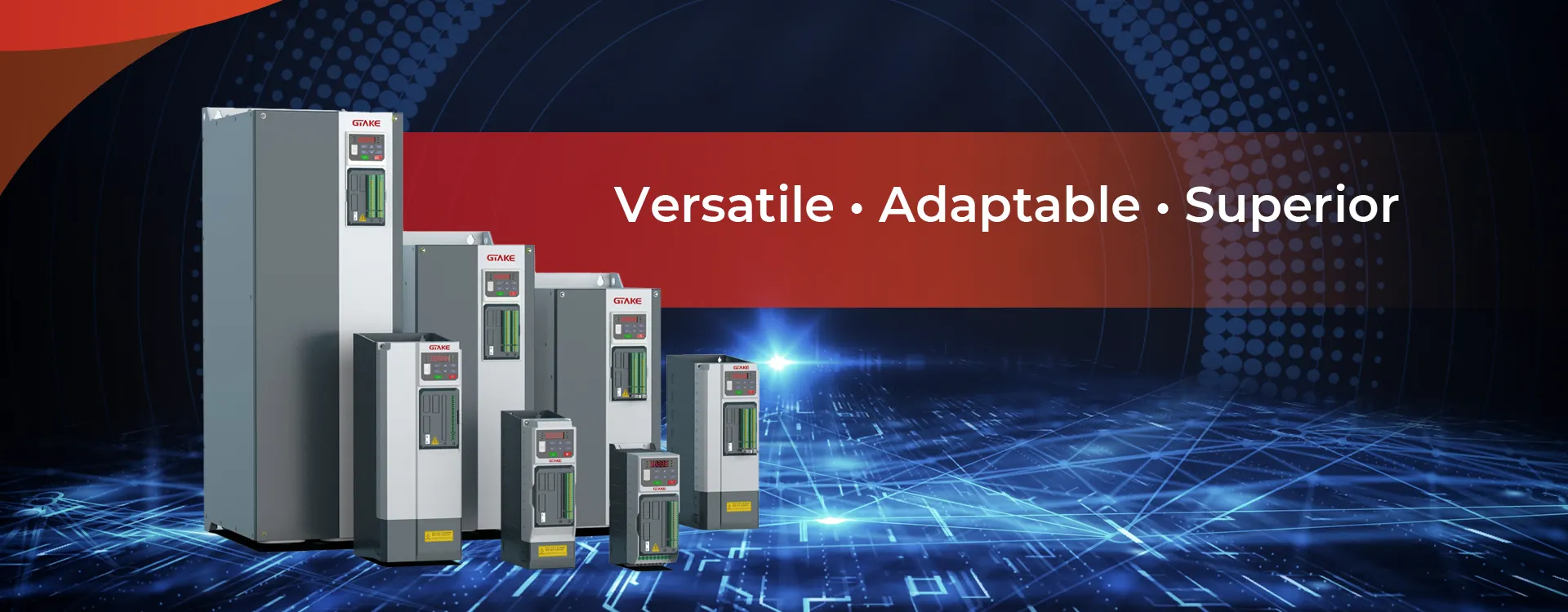Motor Control Unit in Electric Vehicles: Overview and Functions
The Motor Control Unit (MCU) in an Electric Vehicle (EV) plays a critical role in controlling and optimizing the operation of the vehicle’s motor, ensuring efficient performance, smooth driving experience, and energy conservation. The MCU is essentially the brain of the motor system, managing the motor’s speed, torque, and power output based on the driver’s input, road conditions, and other factors.
What is a Motor Control Unit (MCU)?
The Motor Control Unit (MCU) is an integral electronic device in an electric vehicle responsible for controlling the motor’s operation. It processes inputs from various sensors and systems within the vehicle, such as the accelerator pedal, battery, and regenerative braking system, to regulate the motor’s behavior. The MCU optimizes the performance of the motor to ensure smooth acceleration, efficient energy use, and effective braking.
In essence, the MCU manages the interaction between the vehicle’s powertrain, which includes the electric motor, inverter, battery, and other components, to ensure the vehicle operates efficiently and safely.
Functions of the Motor Control Unit (MCU)
- Motor Speed and Torque Control:
- The MCU regulates the speed and torque of the electric motor, adjusting power output based on the driver’s input via the accelerator pedal. It ensures that the motor provides the required acceleration or deceleration, offering a smooth and responsive driving experience.
- The MCU typically controls the motor through sophisticated algorithms like Field Oriented Control (FOC) or Direct Torque Control (DTC), allowing for precise adjustments to the motor’s behavior.
- Battery Management:
- The MCU works in conjunction with the Battery Management System (BMS) to optimize power delivery from the battery pack to the motor. It ensures that the battery is not overcharged or discharged beyond safe levels, helping extend the battery’s life.
- The MCU regulates the energy flow between the motor and the battery, balancing the charge/discharge cycles to maintain optimal energy efficiency.
- Regenerative Braking:
- One of the critical functions of the MCU in EVs is to manage regenerative braking. Regenerative braking allows the vehicle to recover energy during braking and convert it back into electricity, which is fed back into the battery. This helps increase the vehicle’s range and efficiency.
- The MCU detects braking events and adjusts the motor’s operation to either slow the vehicle or generate power for storage in the battery.
- Thermal Management:
- The MCU also plays a role in thermal management of the motor and its components. Electric motors and inverters can generate a significant amount of heat, and overheating can reduce efficiency or even damage the motor. The MCU helps control the cooling systems, ensuring that the motor operates within optimal temperature ranges.
- It ensures that both the motor and inverter are adequately cooled, either via air cooling or liquid cooling systems.
- Fault Detection and Protection:
- The MCU continuously monitors the motor and related systems for faults or anomalies. It can detect conditions such as overcurrent, overheating, or short circuits, and respond by either shutting down or activating protective measures to prevent damage to the motor or other components.
- In case of any malfunction, the MCU can provide diagnostic data to alert the vehicle’s central control system or the user, enabling timely repairs and minimizing downtime.
- Power Conversion and Inverter Control:
- In an electric vehicle, the inverter converts DC power from the battery into AC power that drives the electric motor. The MCU controls the operation of the inverter, adjusting the output frequency and voltage to meet the motor’s needs.
- The MCU uses algorithms to control the frequency and magnitude of the AC signal sent to the motor, which directly impacts the vehicle’s performance, including acceleration and energy efficiency.
- Communication with Other Vehicle Systems:
- The MCU is connected to various other systems in the EV, including the vehicle control unit (VCU), battery management system (BMS), and vehicle infotainment system. This allows for seamless communication and coordination of vehicle functions, ensuring a smooth driving experience and optimized energy usage.
- Through communication, the MCU can also receive real-time data from sensors (e.g., speed, temperature, or torque sensors) to make immediate adjustments for optimal performance.
Key Components of a Motor Control Unit (MCU) in EVs
- Microcontroller (MCU):
- The central processing unit of the motor control system. It processes input signals from the driver and various sensors and makes decisions based on pre-programmed algorithms and real-time data.
- Inverter Control Unit:
- The inverter is responsible for converting DC to AC power and vice versa. The MCU controls this conversion to manage the motor’s speed, torque, and energy flow. The MCU adjusts the frequency and magnitude of the voltage to meet the motor’s requirements.
- Power Stage:
- This consists of the power semiconductors (like IGBTs or MOSFETs) that handle the high current flowing to the motor. The MCU controls the switching of these semiconductors, ensuring efficient power conversion and operation.
- Sensors:
- The MCU works with several sensors that provide critical data, such as speed sensors, torque sensors, temperature sensors, and voltage sensors. These sensors provide feedback to the MCU, allowing it to adjust the motor’s performance in real-time.
- Communication Interface:
- The MCU communicates with other systems in the EV, including the vehicle control unit (VCU) and battery management system (BMS), through protocols like CAN bus or Ethernet.
Types of Motor Control for Electric Vehicles
There are different control strategies for managing the motor in an electric vehicle, and the Motor Control Unit is responsible for implementing the most suitable approach:
- Field-Oriented Control (FOC):
- FOC, also known as vector control, is a sophisticated method used in modern EVs for controlling the torque and speed of the motor. FOC allows for more precise control and higher efficiency, especially at low speeds and under heavy load conditions.
- Direct Torque Control (DTC):
- DTC provides fast torque and flux control by directly controlling the motor’s magnetic field. It offers superior dynamic performance and is widely used in high-performance EVs.
- Pulse Width Modulation (PWM):
- The MCU uses PWM to control the power delivered to the motor, adjusting the motor’s speed and torque. PWM allows the MCU to deliver consistent and efficient power without generating excessive heat.
Advantages of an Effective MCU in Electric Vehicles
- Enhanced Performance:
- The MCU enables precise control over the motor, offering smooth acceleration, deceleration, and energy-efficient driving.
- Energy Efficiency:
- By optimizing the power flow between the battery and the motor, the MCU maximizes energy efficiency and extends the vehicle’s driving range.
- Safety and Reliability:
- The MCU provides important safety functions such as fault detection, thermal management, and protection against system failures, ensuring the vehicle operates safely under various conditions.
- Regenerative Braking:
- The MCU helps recover energy during braking, converting kinetic energy back into electrical energy for the battery, enhancing overall energy efficiency.
Conclusion
The Motor Control Unit (MCU) is a fundamental component of electric vehicles, ensuring that the motor operates efficiently, safely, and responsively. By controlling motor speed, torque, and direction, managing power flow from the battery, and facilitating regenerative braking, the MCU enhances the vehicle’s performance and energy efficiency. With advanced control techniques like Field-Oriented Control (FOC) and Direct Torque Control (DTC), the MCU allows electric vehicles to provide a smooth, reliable, and enjoyable driving experience.

